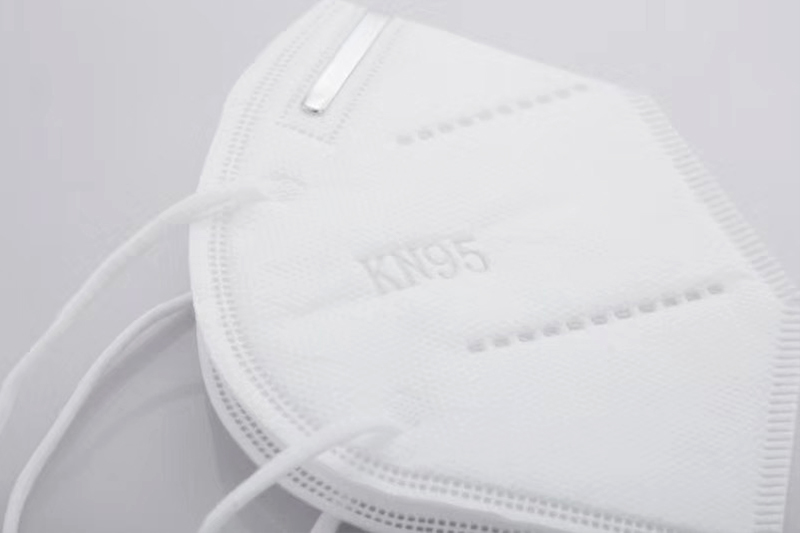A surgical face mask, also called a sterile medical fac […]
A surgical face mask, also called a sterile medical face mask, is designed to be worn by medical professionals during medical care procedures. Surgical masks are designed to keep hospital employees and patients from being infected by diseases by capturing airborne particles and liquid droplets in the mouth and nose of the wearer. The droplets, in turn, are carried off the skin and into the air, preventing infection. Medical staff can use a surgical mask to prevent transmission of the disease by wearing it and the patient cannot be affected by the disease because it cannot enter the body through the mouth.
These medical face masks come in two different forms: disposable and reusable. Disposable masks can be removed after use and washed after every use but a new disposable mask is required for each use, meaning the investment is small. In contrast, reusable masks require no special cleaning. However, disposable masks are more susceptible to breaking than their reusable counterparts due to the small number of individual components that make up the mask.
Face mask designs have changed vastly over the years. Traditional face masks, often white or plastic, are designed to provide some social distancing from the face and nose of the wearer. The most popular design, the eye mask, blocks out the peripheral vision of those in the immediate vicinity. The face masks that are most popular with nurses and other healthcare workers are the straight weave, full face masks, which have minimal airflow through the face mask and provides maximum social distancing. These masks are sometimes referred to as "social distancing" masks.

When a healthcare worker needs to remain behind a patient for any length of time, the traditional full face mask may not provide adequate coverage. Face mask styles that provide increased ventilation may help stop the build up of sweat and moisture on the face while still allowing the person's own vision to be unobstructed. Some masks may have built in incontinence pads to collect urine and assist in the cleaning process. These additional features can help stop the build up of bacteria and help maintain the overall hygiene that is needed for the individual patient.
A new face mask option is the tea towel. The tea towel has been used for decades by many individuals to help relieve congestion problems. The tea towel contains a mesh filter that allows air to flow through it, much like the face mask does when it is worn. Many individuals who breathe through a paper mask find that the paper filters clog airway passages and can make a person feel anxious and uncomfortable.
Face masks come in different types for different types of purposes. Traditional medical scrubs include surgical masks. Surgical masks have a mesh filter that is connected to a chin guard, usually covering the entire head. Face masks that are specifically made for the hospital setting can protect an individual from the UV rays of the sun while still allowing air to circulate around the face. Individuals who are nursing also benefit from the protective features of these masks.
There are masks that fit over the mouth as well. These are very similar to the traditional masks that have mesh filters. They are designed to keep the respiratory droplets from falling into the mouth and causing a choking sensation. The droplets are most commonly caused when an individual tries to breathe in the thick mucus and they can get dislodged from their mouth if the mask is not positioned correctly. Masks that fit over the mouth provide an easy way to breathe while still being protected from the respiratory droplets.
Different types of face masks have different layers. The traditional nose piece generally just has one layer, but more advanced masks have two or even three layers of padding. Each layer provides protection from different elements. When choosing a mask, it is best to select one with the same number of layers as the individual.